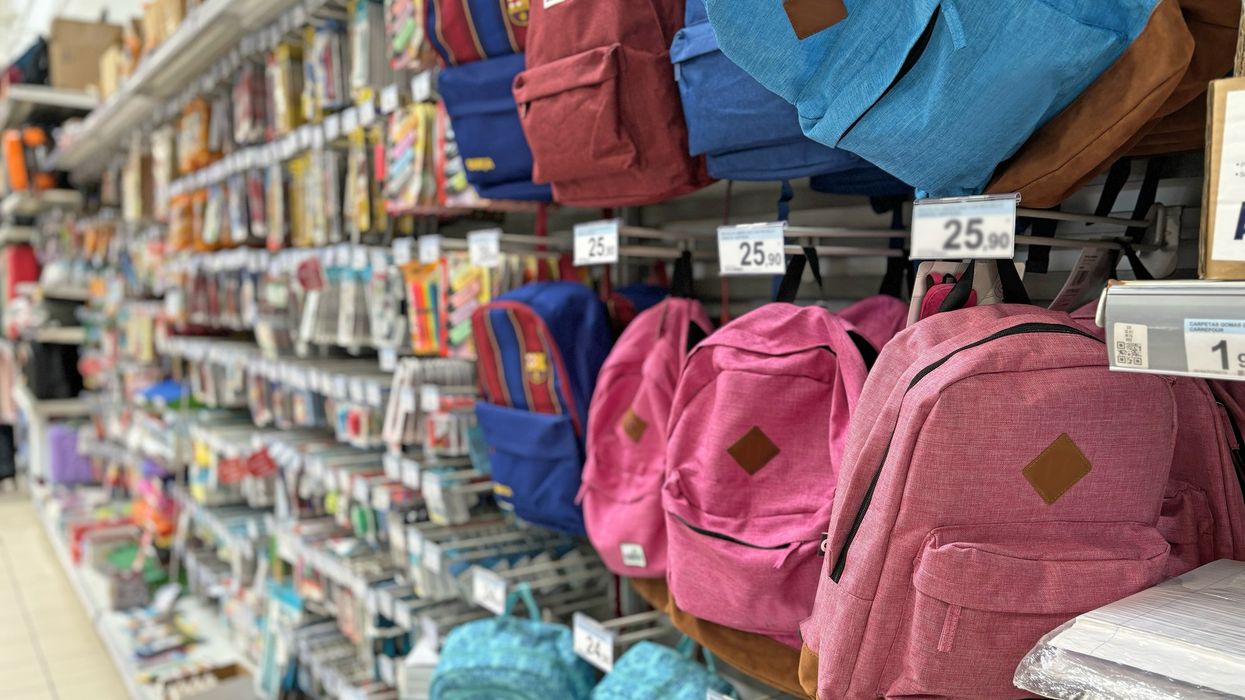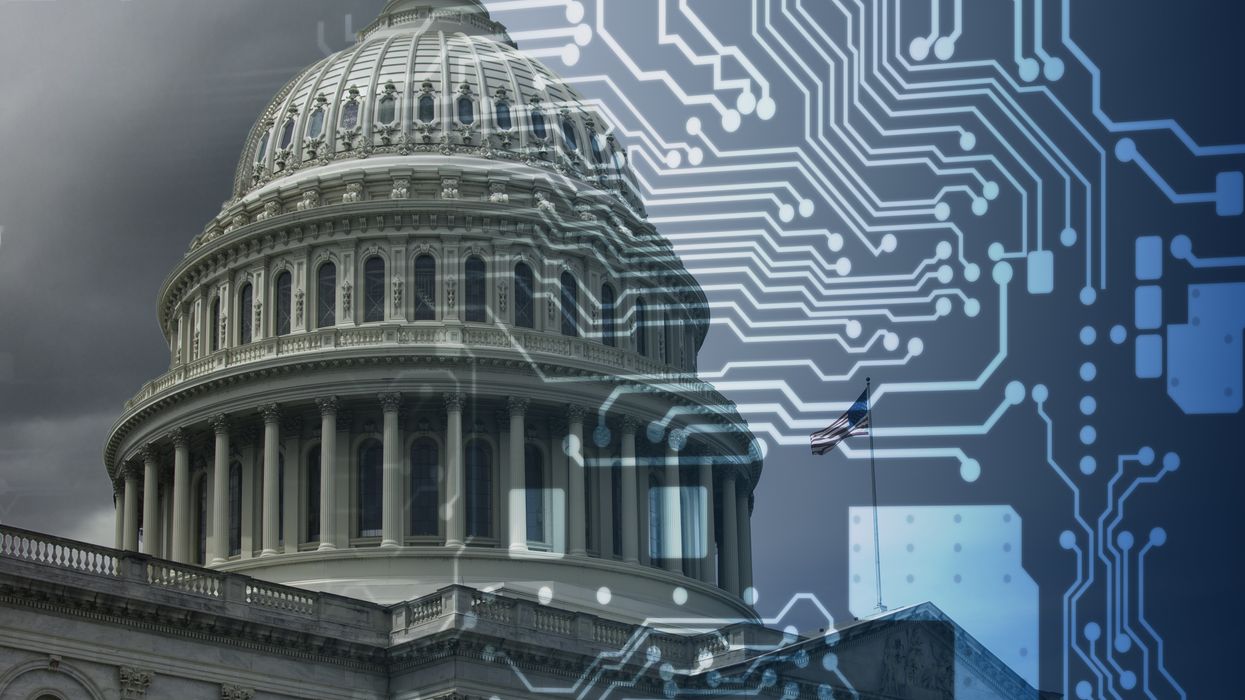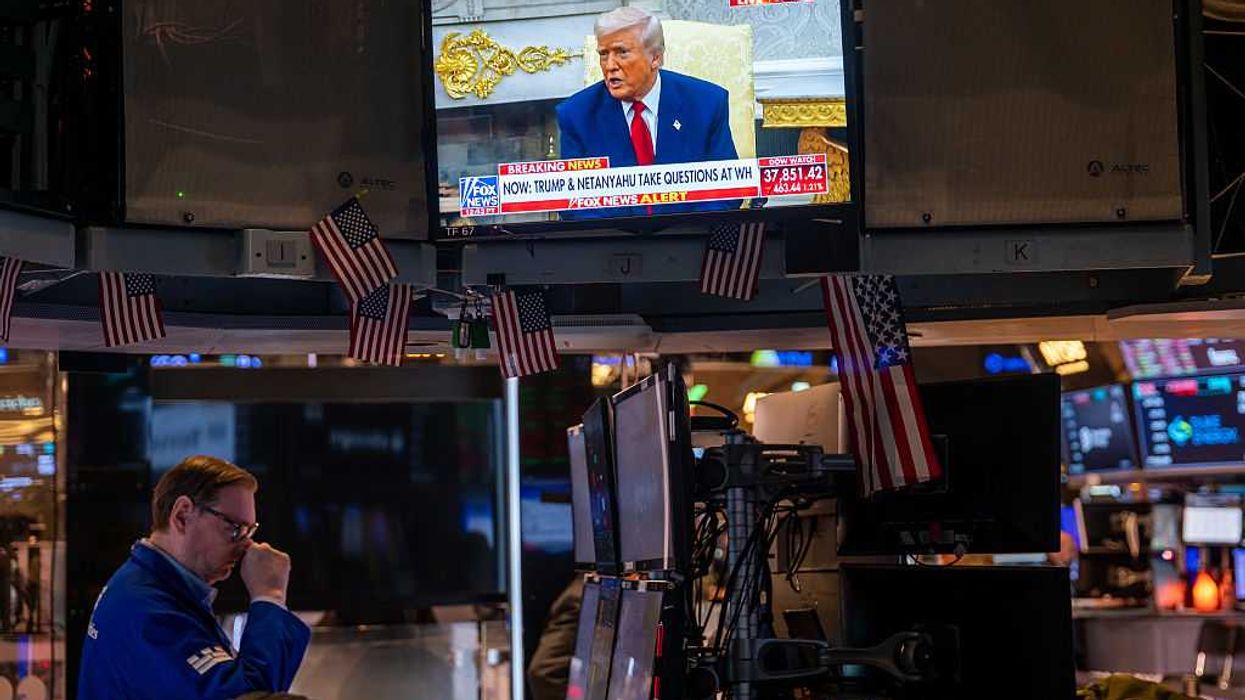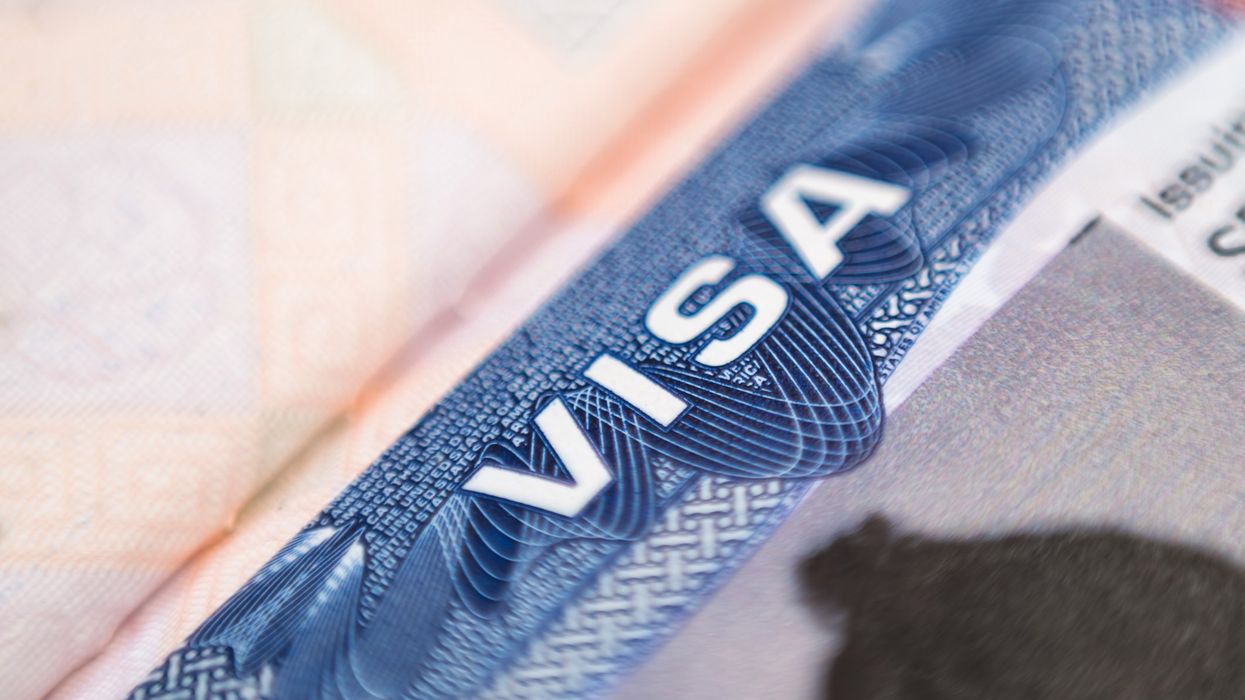For families with school children, the summer is coming to a close, and it’s time to start thinking about—school shopping! New clothes, shoes, daypacks, and school supplies are topmost of mind, making sure your little Einsteins and Rembrandts are ready to take on the new school year.
But this year, it’s coming with a twist—not only are prices higher in the stores and online, but the price increases are seemingly “invisible” due to deceptive uses of new technologies and what is known as “surveillance pricing.”
While families will spend an average of $858 on school supplies, according to the National Retail Federation, a report by Intuit Credit Karma found that 39% of parents said they can’t afford back-to-school shopping this year. 44% of parents said they plan to take on debt to purchase school supplies to help their child “fit in,” up from 34% in 2024. More than half (54%) of parents plan to sacrifice necessities, such as groceries, to ensure their kids have what they need for the school year.
Parents aren’t imagining things. Recent data showing core inflation for July from the Consumer Price Index was the highest it’s been since early 2025. And the recent data for the Producer Price Index climbed to 0.9%, much higher than expected, and the highest since the sky-high inflation in 2022. Many are blaming President Donald Trump’s tariffs for the price increases; however, most of the tariffs didn’t go into effect until early August. Economists generally think shoppers have yet to feel the full effect of Trump's topsy turvy tariff policy.
So the exact cause of these price increases remains murky, even as they chip away at families’ sense of economic security and add to the anxiety that parents are feeling.
Stressed out parents, hunting for bargains
The evidence of stressed-out parents is more than statistical. Frustrated and increasingly angry people are venting their feelings by posting online videos of themselves shopping in stores.
One mother pushing her cart down the aisle in Target noticed something strange—Target had covered all of its prices from two days before and jacked up the prices by 10-20%. She narrated her stewing anger on TikTok as she rolled down the aisle, saying, “They are raising prices on everything in their store, and they’re just covering it up with little white tags…Are you guys mad yet?”
Another Target shopper videoed himself finding torn-off prices amidst price increases by as much as 75%, while Walmart shoppers also found prices removed and a markup of 60%.
Such a lack of transparency and understanding around price increases only adds to shoppers’ frustration levels.
Dynamic pricing is the (troubling) future
With posted price tags disappearing, it has created an opening for retailers to introduce another new technology that has insidious potential. It’s called “dynamic pricing,” which is a form of AI- driven automated pricing, combining digital surveillance of consumers and their spending habits with relentless corporate profit-seeking. In its worst form, this has resulted in complaints over price gouging.
With dynamic pricing, stores can change electronic prices instantaneously, allowing them to deploy strategies like “surge pricing,” when prices increase during a window of increased consumer demand. Surge pricing has already been used by Uber, hotels, and airlines. Hundreds of horror stories exist from when Uber’s fare prices suddenly zoomed higher during times of peak demand—such as during a mass shooting in 2022, when a suspect shot 10 people in a train car during morning rush hour, and those using Uber and Lyft to flee the scene found their regular prices quadrupling to as high as $100.
Now this kind of dynamic pricing is coming to retail stores like Walmart, Target, and others, led by Amazon. Proponents of dynamic pricing claim that it allows precision based on various factors, such as current market demand, seasonal fluctuations, and supply changes. Product prices continuously adjust—sometimes within minutes—in response to real-time supply and demand. Amazon has been one of the largest retailers to use dynamic pricing, with its algorithms continuously adjusting the prices seen on its website. During Hurricane Irma, Amazon was accused of price gouging when the price of bottled water in the storm zone suddenly jumped by 35%.
The creepiness of surveillance pricing
Businesses have always set their prices in response to changing conditions, but this technology allows for something even more stealthy and deceptive—enter “surveillance pricing.”
Amazon has already started deploying a type of dynamic pricing in which price levels change based on user-specific data. Its algorithms analyze browsing history, spending habits, credit scores, location, physical and mental health indicators, and more to tailor prices per individual. In practice, that means two users might see different prices for the same product at the same time. Using your personal data, a seller like Amazon is able to predict your “pain point,” which is the highest amount of money that you are willing to spend on a particular good or service. And you won’t even realize that you are being charged higher prices than another person. The Federal Trade Commission (FTC) has labeled this as “surveillance pricing” because of its privacy invasiveness.
Lina Khan, former chair of the FTC, reports that consumer watchdogs have found different people being charged higher prices for products, ranging from test prep services, an Uber ride, hotel rooms, to Internet connection services. The decisive factors used to raise pricing levels included characteristics such as whether the person was Asian, or lived in San Francisco, or lived in a poorer, non-white neighborhood.
This capacity has alarming potential for manipulation and abuse, particularly when there are no more price tags showing public prices and no one can actually see what anything costs. One study from the Harvard Business School found that “algorithmic pricing can lead to higher prices for consumers in competitive markets and even in the absence of collusion… pricing algorithms that are already in widespread use may allow sellers to extract a massive amount of wealth from consumers.”
The practice of dynamic pricing based on user data raises a number of ethical and legal questions. Indeed, using automated pricing based on consumers’ psychographic profiles opens a Pandora’s box of charging different prices based on race, religion, nationality, or gender. Doing so would be illegal, but how would a consumer know what algorithmic criteria are being used for the prices they are paying?
In 2024, U.S. Senator Sherrod Brown called on Walmart and Amazon to better explain their use of these automated, AI-driven pricing systems. I am concerned, said Senator Brown, “by how corporations may use customers’ web browsing data to engage in discriminatory pricing, in which different customers are charged different prices for the same goods or services. On top of generally higher prices, I am concerned that the use of pricing algorithms may lead to higher prices for individuals or families based on variables including a customer’s location or other sensitive personal data.”
Generally, it is legal for a store to charge different prices to different customers for the same item. But, currently, the laws don’t cover many of the types of abuses that are occurring. This is yet another example in this digital age in which the laws have not caught up to the changes in technology.
Uber and Lyft, Amazon and Taylor Swift
As consumers shop for their school supplies, as well as their groceries and other essential goods, this kind of pricing behavior is starting to make people really angry. There is a deep sense that businesses should not be able to weaponize a consumer’s own data against her or him. Something about this practice seems unethical, unfair, potentially discriminatory, and a contribution to their personal economic woes.
No wonder then that everyday people cheered when Taylor Swift refused to allow dynamic pricing over ticket prices for her Eras Tour because, reportedly, “she didn’t want to do that to her fans.” But, so far, federal and state governments have been mostly AWOL. Certainly, there are policies that the White House or Congress could adopt to address this. As chair of the FTC during the Biden administration, Lina Khan launched a study to investigate surveillance pricing, gathering information from eight companies about their collection and use of private data to charge Americans different prices for the same product. But, so far, the Trump White House has not released the report. Meanwhile, the states of Georgia, Colorado, Illinois, and California have introduced bills to ban surveillance pricing.
Unfortunately, consumers have been left on their own to figure all of this out. Meanwhile, they see prices creeping up around them when they purchase school supplies and groceries, wondering where relief might come from.




















